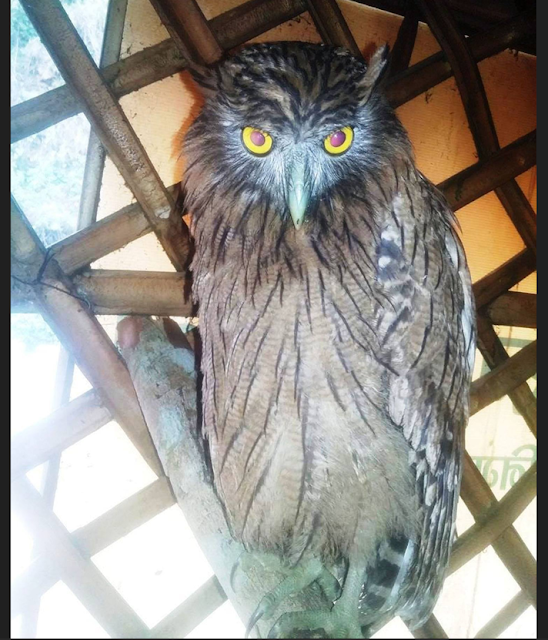Owls Awaiting Conservation in Nepal
Owls Awaiting Conservation in Nepal
Nepal, a country rich in biodiversity, is home to a remarkable variety of owls. These nocturnal birds of prey, with their enigmatic hoots and silent flight, have long captured the imagination of people across cultures, giving rise to myths and folklore. Despite their cultural significance, owls in Nepal face numerous threats, including habitat loss, illegal hunting and trading, pesticide use, and a lack of conservation awareness.
The owls of Nepal belong to two families: Tytonidae and Strigidae, comprising 23 species. Among these are the Barn Owl, Eurasian Eagle Owl, and the Collared Owlet, each with its unique characteristics and role in the ecosystem. However, two species, the Long-eared Owl and the Oriental Bay Owl, face particularly dire situations, with the former being classified as vagrant and the latter possibly extinct.
Despite their importance, owls are often overlooked in conservation efforts due to the misconception that they are common. This has led to a lack of funding and research on these species, hindering our understanding of their populations and ecology.
However, in recent years, there has been a growing recognition of the need to conserve owls, leading to increased conservation activities.
To address the conservation challenges faced by owls in Nepal, a comprehensive action plan has been developed. The “OWL CONSERVATION ACTION PLAN FOR NEPAL 2020-2029” aims to ensure the viability of owl populations and conserve their habitats through strategic actions and a participatory approach.
Key objectives of the plan include enhancing habitat quality, promoting scientific research, reducing illegal hunting and trade, sensitizing stakeholders, and building partnerships at local, national, and international levels.
The implementation of this action plan requires collaboration among various stakeholders, including the Department of National Parks and Wildlife Conservation, the Department of Forests and Soil Conservation, provincial government agencies, local governments, and conservation organizations. With an estimated cost of NPR 110,150,000 over ten years, this plan represents a significant commitment to the conservation of owls in Nepal.
As we strive to protect these iconic birds and their habitats, it is essential to recognize the vital role they play in maintaining the ecological balance. By conserving owls, we not only preserve a unique part of our natural heritage but also contribute to the overall health and biodiversity of our ecosystems.

|
About Writer: |
| Dr. Naveen Pant |
| Veterinary Doctor and Wildlife Conservation Enthusiast |
| Shuklaphanta Municipality |




![POCO F2 Pro official Launch date, Features, Price [Update: POCO F2 Pro name confirmed]](https://blogger.googleusercontent.com/img/b/R29vZ2xl/AVvXsEiWF7q3GqN5iK0BO2FXu-hSnEzQKnvxVwdjYu36jVM_uNXIlSHe4n8dV-Rr5AYp6hQbwN313k1GceKInCEqNh94AgeVa70Elw85INQLRiLKUrYkuDx6mxN5GJwXtL2lMT43ta1CNLZdCso/s72-w640-c-h320/POCO+F2+Pro.jpg)

Post a Comment